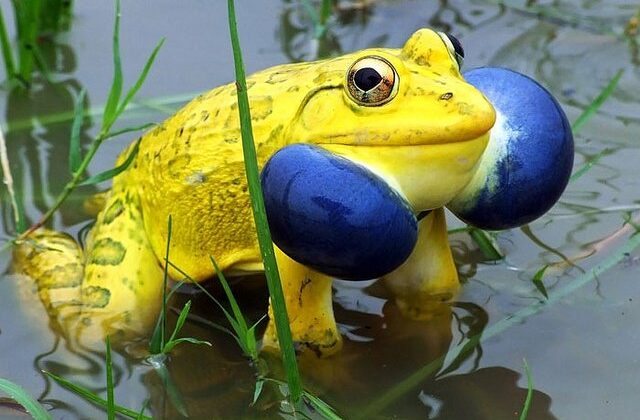
The Indian Bullfrog, scientifically known as Hoplobatrachus tigerinus, is a captivating amphibian species that thrives in the diverse landscapes of South and Southeast Asia. With its distinctive forked tongue and remarkable features, this frog plays a significant role in its ecosystem. This informative article delves into the taxonomy, physical attributes, distribution, habitat, behavior, and ecological contributions of the Indian Bullfrog.
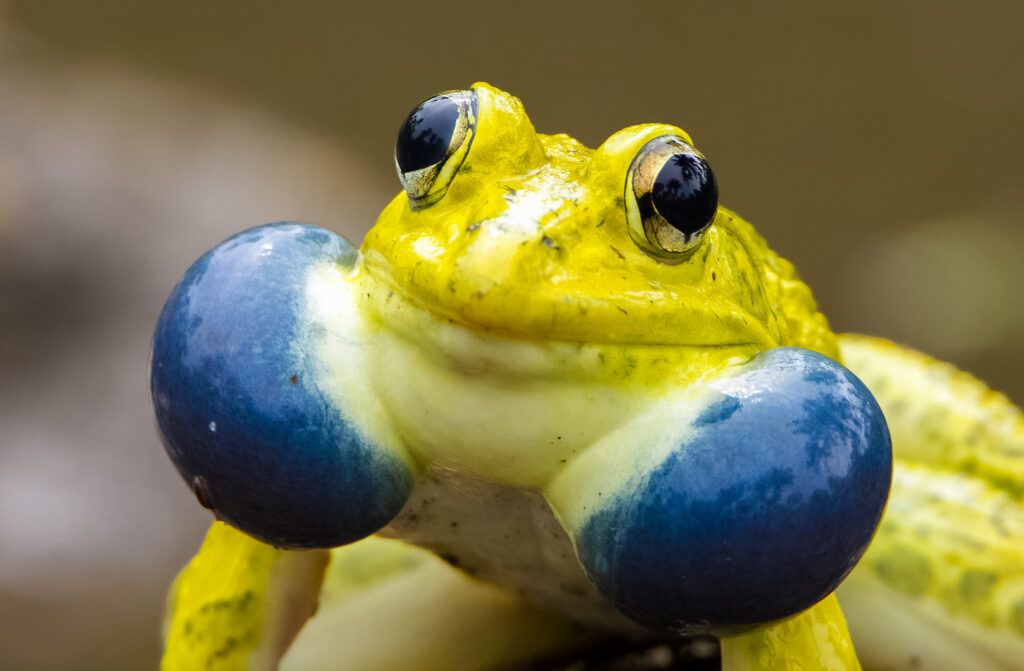
Taxonomy
The Indian Bullfrog, initially documented as Rana tigerina by François-Marie Daudin in 1802, was later reclassified as Hoplobatrachus tigerinus by Alain Dubois in 1992. Synonyms such as Rana picta, Dicroglossus tigrinus, and Euphlyctis tigerina have been used to refer to this species. This section explores the historical classification and nomenclature of the Indian Bullfrog.
Description
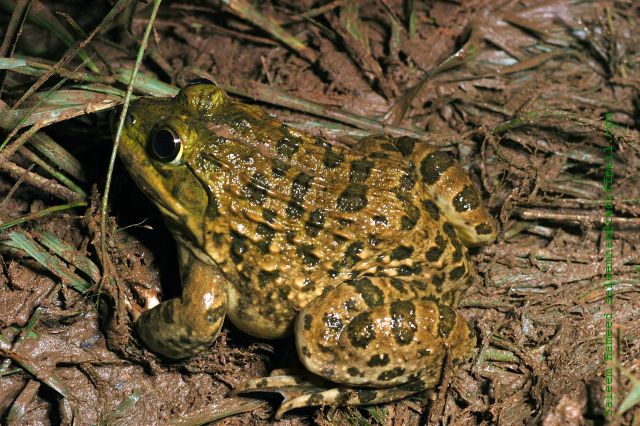
Distinguished by its robust size, the Indian Bullfrog can reach lengths of up to 170 millimeters (6.7 inches). While typically green or brown with dark spots, males undergo a transformation during the breeding season, displaying vibrant yellow hues. This section elaborates on the physical characteristics of the Indian Bullfrog, including its color variations, size differences among populations, and unique traits like nuptial pads and vocal sacs.
Distribution and Habitat
The Indian Bullfrog’s native range encompasses mainland Afghanistan, Bangladesh, India, Myanmar, Nepal, and Pakistan. However, its presence in Bhutan and China remains uncertain. Sadly, it has been introduced to areas like Madagascar and the Andaman Islands, where it has become an invasive species. This section delves into its distribution, invasion in various regions, and the impacts on local ecosystems.
Behavior and Ecology
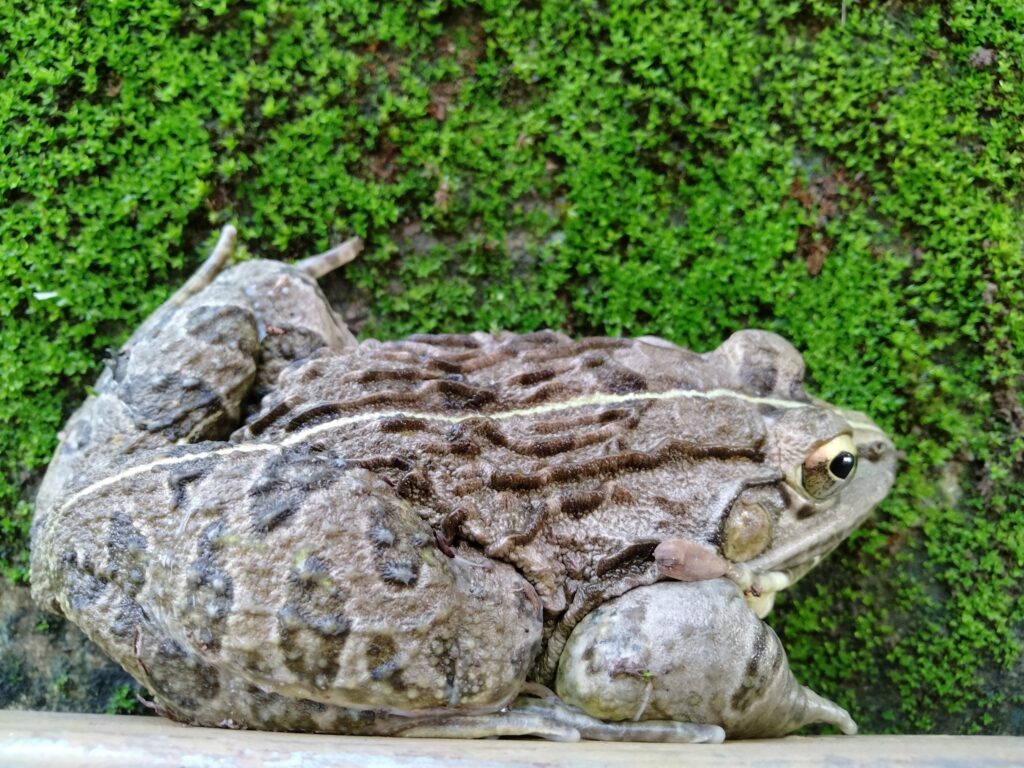
This section explores the Indian Bullfrog’s intriguing behaviors and ecological roles.
Diet
Adult Indian Bullfrogs display a varied diet, including invertebrates, small mammals, and birds. Notably, their tadpoles actively consume mosquito larvae, contributing to natural mosquito control.
Reproduction and Life Cycle
During the monsoon season, Indian Bullfrogs engage in reproduction by laying numerous eggs in rainwater pools. Despite producing a substantial number of tadpoles, many fail to reach adulthood. In the wild, these frogs can live for over seven years, adapting to their environment.
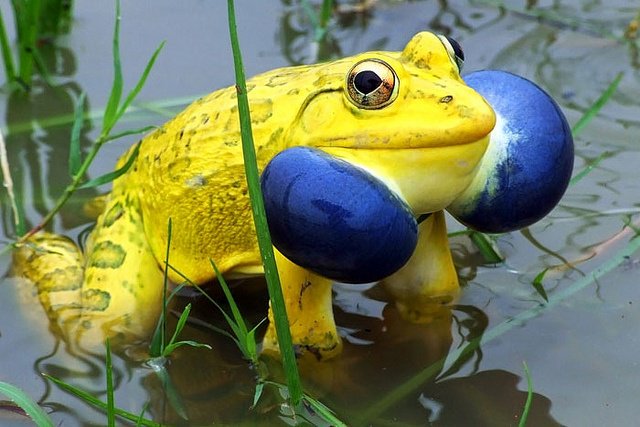
Conclusion
The Indian Bullfrog, or Hoplobatrachus tigerinus, stands as a remarkable amphibian species with a rich history and a pivotal role in its native ecosystems. Its unique characteristics, distribution patterns, habitat preferences, and ecological contributions make it a species of significant interest. By delving into the taxonomy, physical traits, distribution, behavior, and ecological functions of the Indian Bullfrog, we gain a deeper understanding of the fascinating world of amphibians in South and Southeast Asia.

Leave a Reply